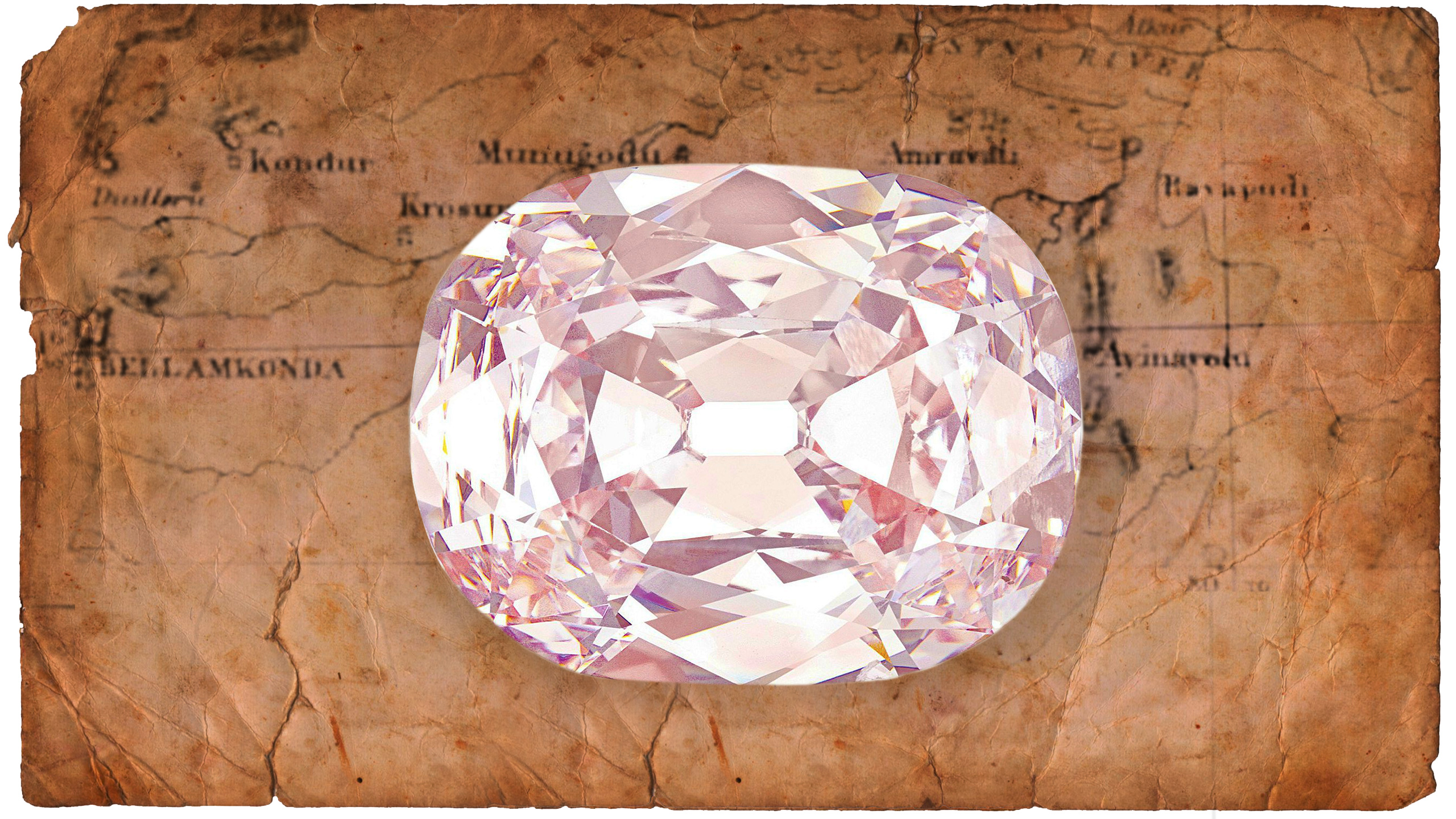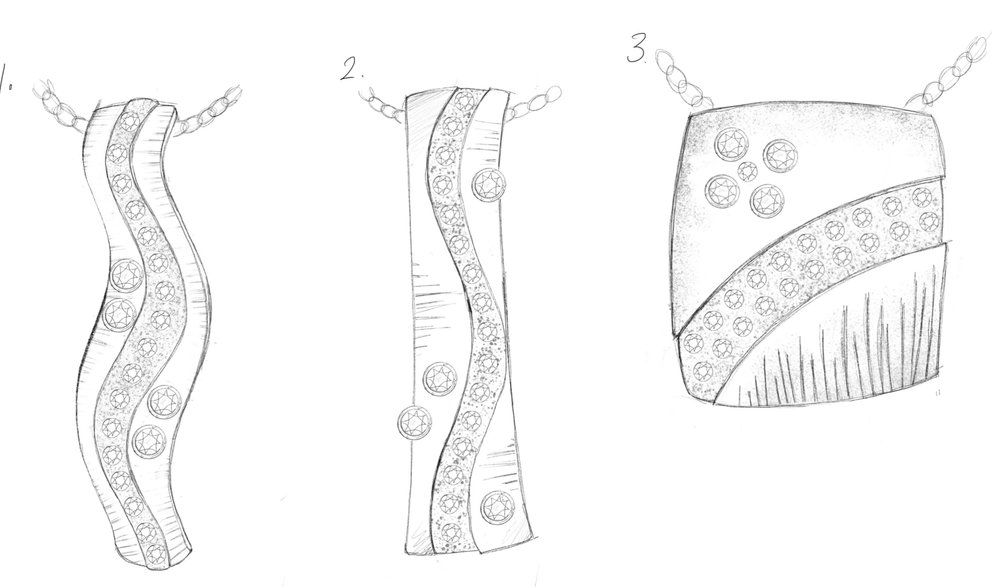A new exhibit will change your view of African fashion | Lifestyle
LONDON — The influence of Africa and its vogue scene has redefined the geography of the manner marketplace in latest many years, breaking barriers with its vitality and its re-imagining of what creativeness can be.
A continent whose trend has normally been imitated, yet gone largely underrecognized by the West, is acquiring a extensive overdue second in the spotlight. Magazine editors and stylists like Edward Enninful and Ibrahim Kamara, have aided spur its celebration, alongside with critically acclaimed explorations of the African diaspora by designers like Grace Wales Bonner and the late Virgil Abloh. The emergence of a new era of homegrown designers like Thebe Magugu, Mowalola Ogunlesi and Kenneth Ize has also been critical.
Final 7 days, at a time when quite a few museums with colonial legacies are reevaluating illustration in their Eurocentric collections, the Victoria and Albert Museum in London opened a vivid exhibition showcasing African vogue and textiles, the first in its 170 yr record.
The exhibition, “Africa Trend,” does not try to study the fashion of all 54 countries that make up the world’s next biggest continent, house to 1.3 billion people today. As an alternative, it displays on what unites an eclectic group of modern African pioneers for whom style has proved both a self-defining art type and a prism via which to examine concepts about the continent’s myriad cultures and advanced history.
“There is not a single singular African aesthetic, nor is African fashion a monoculture that can be described,” reported Christine Checinska, the museum’s first curator of African and African diaspora manner. Rather, the clearly show focuses on the ethos of Pan-Africanism embraced by several of the continent’s designers and artists.
“This show is a silent and stylish type of activism for the reason that it is an unbounded celebration of manner in Africa,” Checinska mentioned. “It facilities on abundance, not on lack.”
Spread throughout two floors, the exhibition begins with a historic overview of the African independence and liberation many years, from the late 1950s to 1994, and the cultural renaissance that was spurred by social and political reordering throughout the continent. The show explores the potency of cloth and its role in shaping national identity — notably in strategic political acts, as when Kwame Nkrumah, the Ghanaian prime minister, eschewed a suit for kente fabric to announce his country’s independence from British rule in 1957.
The display also highlights the importance of photographers like Sanlé Sory of Burkina Faso, who captured the youthquake change of the 1960s, and whose perform is displayed together with a segment focused to loved ones portraits and residence movies that reflect the fashion trends of the day. Other get the job done in the demonstrate features clothes by 20th-century designers who bridged cultures to place present-day African manner on the map but whose names have remained largely unidentified outside the house the continent.
A person of them is Shade Thomas-Fahm, frequently explained as Nigeria’s very first modern designer. A former nurse in 1950s London, she established cosmopolitan reinterpretations of fabrics and shapes that ended up worn by the fantastic and very good of Lagos in the 1970s. On display screen is a raspberry purple dress and hat in synthetic velvet with fluted Lurex sleeves. Chris Seydou, a further designer in the clearly show, made a title for himself in the 1980s by working with African textiles like bògòlanfini, a handmade Malian cotton material typically dyed with fermented mud, for customized Western tendencies like bell-bottoms, motorcycle jackets and miniskirts.
A mezzanine gallery hosts a selection of operate by a new era of African designers. The clothes are revealed on specifically made mannequins with numerous Black pores and skin tones, hair styles that consist of Bantu knots and box braids and a facial area motivated by Adhel Bol, a South Sudanese product.
All of the designers, who were being selected by museum curators, exterior professionals and a team of youthful folks from the African diaspora, were being associated in the show method, the museum claimed.
“Now a lot more than ever, African designers are getting demand of their individual narrative and telling individuals authentic stories, not the imagined utopias,” said Thebe Magugu, who is from South Africa and received the prestigious LVMH Prize in 2019. An stylish belted safari jacket ensemble from his 2021 Alchemy selection, which explored the modifying experience of African spirituality, features a print of the divination tools of a conventional healer, together with cash, goat knuckles and a police whistle.
“I come to feel like there’s so lots of facets of what we’ve been by as a continent that folks really don’t really understand,” Magugu reported.
A need to use trend as a medium for enacting adjust is what unites a lot of designers and photographers from across Africa, who are rethinking what a extra equitable fashion sector could glance like. Take into account the questioning of binary identities by Amine Bendriouich, with his pink linen djellaba crossed with a trench coat the refashioning of gender norms by Nao Serati, who used pink Lurex for unisex flares, a jacket and bucket hat and the stylish sculptural minimalism of parts by manufacturers like Moshions and Lukhanyo Mdingi that make use of lengthy-standing material traditions whilst subverting the stereotype that African vogue should often be loud and patterned.
At the coronary heart of quite a few of the models is a well timed concentration on sustainability.
“African creatives have practically been left out of the fashion futures discussions, and I believe it’s time the world north looked and learned from market leaders and designers on the continent,” Checinska mentioned. “They finish clothes employing nearby craftspeople and retain area traditions alive. It is gradual vogue — and sustainable as a result of and via.”
As a consequence of the display, the Victoria and Albert Museum has acquired a lot more than 70 items for its long term collections. But the broader electrical power of “Africa Style” may well be in how it leaves website visitors keen to master far more about the dazzling Pan-African scene, and commit more in its future.
“It is such a wonderful milestone for us, mainly because it cements our spot in historical past,” explained Aisha Ayensu, the founder of Christie Brown, a Ghanaian womenswear label. “It puts us in front of the right people. It creates awareness for the brand name and piques the curiosity of individuals about the entire world — not only to study African brand names, but also to patronize them also.”







